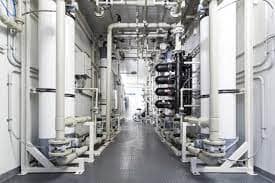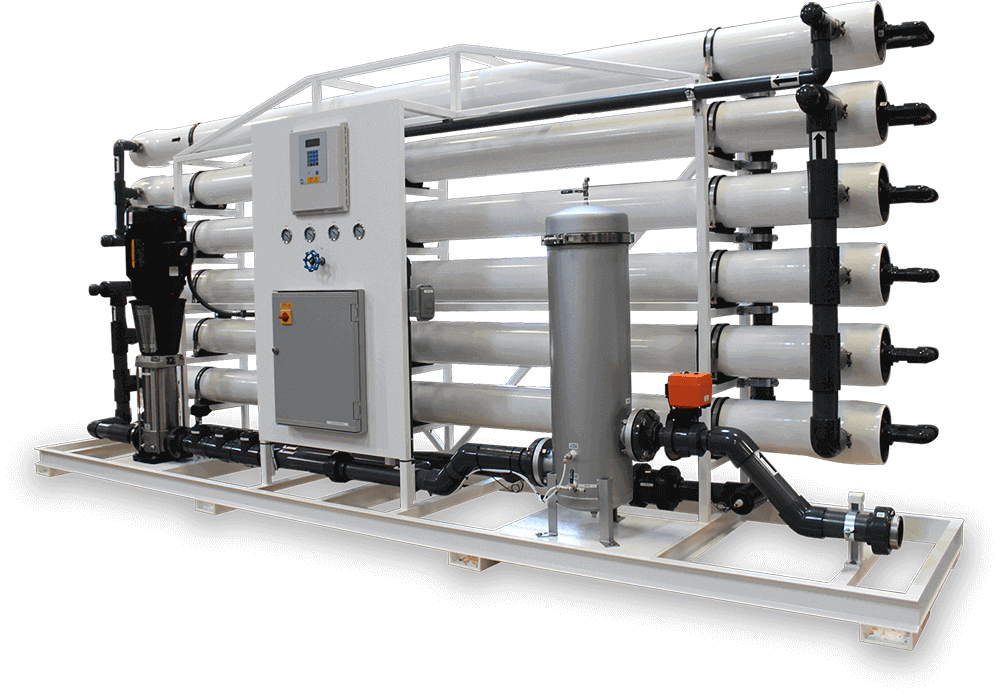Description
Brackish Water Treatment Systems
Brackish water is a term used to describe water that contains higher levels of salinity than freshwater but lower levels than seawater. This type of water is commonly found in areas where seawater and freshwater sources mix, such as estuaries or coastal aquifers. Brackish water can be a valuable resource for many industries, but it requires specialized treatment to be usable.
At Aqua Filter, we offer a range of brackish water treatment systems designed to remove salts, minerals, and other impurities from brackish water. In this guide, we will explore the different types of brackish water treatment systems available, their benefits, and how to choose the right one for your needs.
What is Brackish Water Treatment?
Brackish water treatment is the process of removing impurities from brackish water to make it safe for human consumption or industrial use. The process involves various treatment methods such as reverse osmosis, electrodialysis, nanofiltration, and ultrafiltration. These processes differ in their mechanisms, and each has its advantages and limitations.
Reverse Osmosis Brackish Water Treatment Systems
Reverse osmosis (RO) is one of the most popular brackish water treatment systems. The process involves forcing brackish water through a semi-permeable membrane, which removes impurities such as salt, minerals, and other contaminants. The resulting purified water can be used for a variety of industrial applications such as irrigation, livestock, and human consumption.
At Aqua Filter, we offer a range of reverse osmosis brackish water treatment systems that are designed to meet the unique needs of our customers. Our systems use advanced technologies and high-quality materials to ensure maximum efficiency, durability, and reliability.
Electrodialysis Brackish Water Treatment Systems
Electrodialysis (ED) is another type of brackish water treatment system that uses an electrical current to remove salt ions from the water. The process involves passing the water through a series of ion exchange membranes, which attract the salt ions and remove them from the water.
Our ED brackish water treatment systems are ideal for customers who require high-quality water at low operating costs. Our systems are designed to be easy to operate, maintain, and install, making them an excellent choice for many industrial applications.
Nanofiltration Brackish Water Treatment Systems
Nanofiltration (NF) is a type of membrane filtration that uses a membrane with smaller pores than those used in reverse osmosis. The process removes salts, minerals, and other impurities from the water while allowing smaller particles and some organic matter to pass through the membrane.
Our nanofiltration brackish water treatment systems are designed to remove the smallest particles and impurities from the water while maintaining a high flow rate. This makes our systems ideal for customers who require high-quality water at a lower cost than reverse osmosis systems.
Ultrafiltration Brackish Water Treatment Systems
Ultrafiltration (UF) is a type of membrane filtration that uses a membrane with larger pores than those used in reverse osmosis. The process removes larger particles and impurities from the water while allowing smaller particles, some organic matter, and dissolved ions to pass through.
Our ultrafiltration brackish water treatment systems are designed to remove large particles and impurities from the water while maintaining a high flow rate. This makes our systems ideal for customers who require high-quality water at a lower cost than reverse osmosis systems.
How to Choose the Right Brackish Water Treatment System
Choosing the right brackish water treatment system depends on several factors such as the type and level of impurities present in the water, the required flow rate, and the intended use of the purified water. At Aqua Filter, we work closely with our customers to understand their unique needs and recommend the best brackish water treatment system for their specific requirements.
Some factors to consider when choosing a brackish water treatment system include:
- The type and level of impurities in the water
- The required flow rate
- The intended use of the purified water
- The availability of space for installation
- The cost of operation and maintenance
- The reliability and durability of the system
By taking these factors into consideration, our team can recommend the best brackish water treatment system for each customer’s unique needs.
Benefits of Brackish Water Treatment Systems
Brackish water treatment systems offer numerous benefits, including:
- Cost-effectiveness: Brackish water treatment systems are generally more cost-effective than seawater desalination systems because they require less energy and fewer treatment processes.
- Environmentally friendly: Brackish water treatment systems have a lower environmental impact than seawater desalination systems because they require less energy and generate less waste.
- Versatility: Brackish water treatment systems can be used for a variety of industrial applications, including agriculture, livestock, and human consumption.
- Reliability: Brackish water treatment systems are reliable and easy to maintain, ensuring a consistent supply of purified water.
Conclusion
Brackish water treatment systems are essential for ensuring a safe and reliable supply of purified water in areas where brackish water sources are available. Aqua Filter offers a range of high-quality brackish water treatment systems designed to meet the unique needs of our customers. By working closely with our customers, we can recommend the best brackish water treatment system for their specific needs and provide ongoing support to ensure maximum efficiency, durability, and reliability.






Aqua Filter –
Aquaafilter is the perfect choice for anyone in need of water filter installation or maintenance services. Their team is prompt, courteous, and highly skilled.